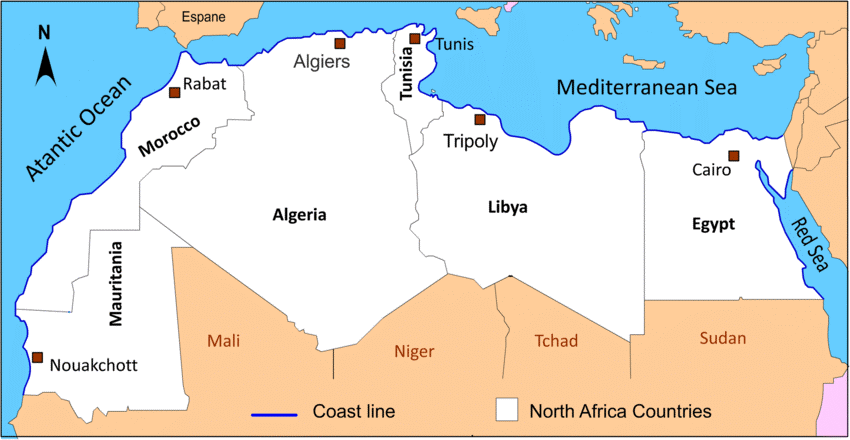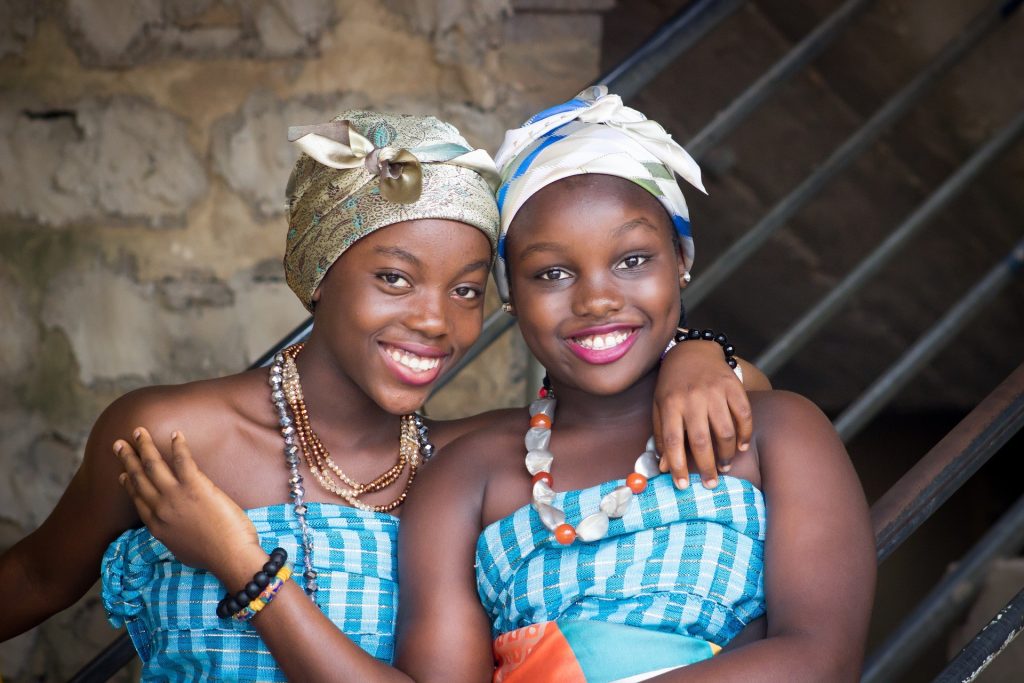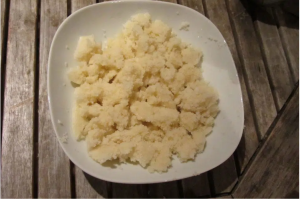
Ivorians have a variety of dietary preferences and eating routines, but in general, they base their meals on cereals and tubers (root vegetables). The nation’s staple foods are yams, plantains, rice, millet, corn, and peanuts (also called peanuts in Africa).
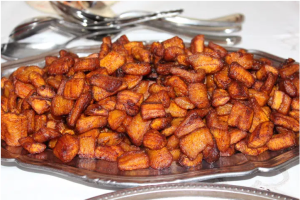
Important ingredients in Ivory Coast cuisine include cassava and plantain. Making corn balls requires the use of a corn paste called aitiu, and frying with peanuts is a popular practice. In Ivory Coast, attiéké, a common side dish prepared from grated cassava and resembling couscous in both flavor and texture. Alloco is a typical street food meal (Guédé, 2015). Ripe plantains are cooked in palm oil and served with hot onion and chili sauce as a condiment. It can be consumed as a snack on its own or alongside side dishes like hard-boiled eggs.
The most popular non-vegetarian cuisine are grilled chicken and fish. Poulet biclet, a popular term in the area, refers to lean, low-fat guinea pigs. Seafood; includes bonito, shrimp, sardines, and tuna. Additionally widely accessible, smoked fish can be found all over West Africa. Tangerines, mangoes, passion fruit, and coconuts are examples of common fruits. In various cuisines, eggplant is a widely used vegetable. While hutu is made using mashed plantain and yams, fu-fu is created with ground plantain and palm oil. Hootu bananas can be consumed with grain sauce. (Guédé, 2015).
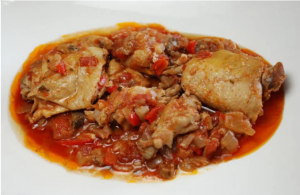
Another popular dish from the Ivory Coast is a stew made by slowly cooking a variety of ingredients. Kedjenou is a thick, liquid-free stew made with chicken and vegetables that is slow-cooked in an enclosed pan. The chicken gets soft and the umami of the chicken and veggies is concentrated. It is often prepared in an oven or over low heat in a kanari made of clay. Cow’s foot is the “only” ingredient, skin on, and it is cooked into a jelly for several hours. Huge and highly valued, Ivory Coast snails are frequently consumed grilled or in sauces.


